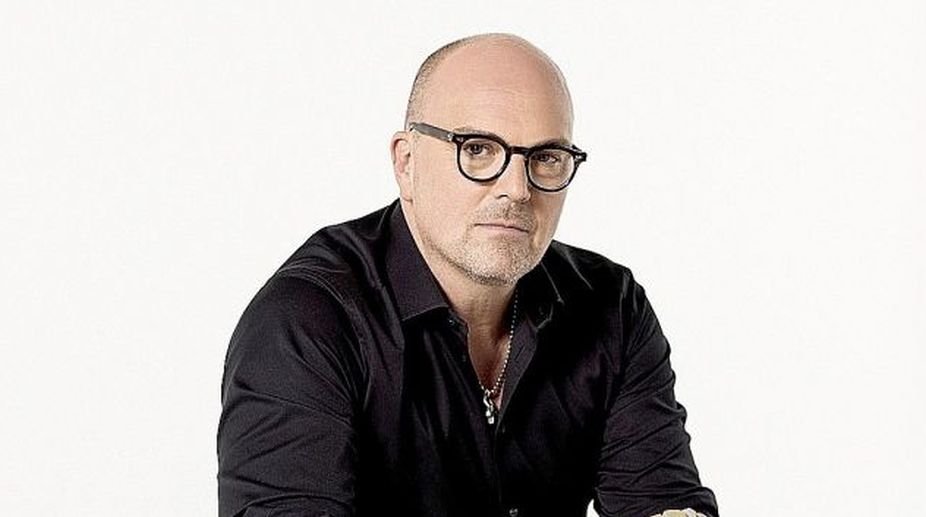Malavika Mohanan’s style guide for 2025: Bold, elegant, and effortlessly chic
Discover Malavika Mohanan's trendsetting fashion for 2025 with bold, elegant looks, from bodycon dresses to vibrant gowns. Get inspired by her effortless style!

Nike’s chief design officer John Hoke (Photo: Facebook)
John Hoke, Nike’s chief design officer, finds that he often gets off to a running start – idea-wise – when he doodles and listens to others at the same time. He has dyslexia, which makes him doodle as a form of communication. He explains how he runs a tight ship at the iconic company. Excerpts:
What was your earliest experience with Nike?
Advertisement
As a kid in the 1970s, I was a runner and became a pretty decent athlete. I was (wearing) the Nike waffle trainer shoe. When I was done with it, I would cut it in half and look at the two sections and obsess about how it was made. One summer, I was floating in the pool on a raft and thinking, if you take a raft, shrink it and put it on your foot, would that help cushion the rear-to-forefoot transition blow of running? I began to doodle and draw this. I sent – at the time, the president was Phil Knight – a letter. He sent me a letter back, “Hey, when you get old enough, could you come work for me?”
Advertisement
You have a lot of loose bits of paper and sketches in this office. What do you like to draw?
Sneakers, body sketches, architectural retail spaces. I’m dyslexic, so my first real language was drawing. I doodled everything. I find that I listen better when my hand is busy. And I find that when I am listening intently and gesturally moving my pen, some interesting things come out. I came to this idea that my dyslexia is not actually a burden —it is a gift because it makes me look at the world differently.
How is your job different from that of a designer at a fashion company?
I help lead, inspire, direct and orchestrate more than 1,000 creative designers at Nike. We have a clear point of view, it is distributed to parts of our design world and we all pursue a common aesthetic.
What is your role in the design process?
With me, it starts upfront with my heads of footwear and apparel design, Andy Caine and Kurt Parker. We announce the season and a clear creative direction. Then I catch up with rough sketches. From there, we move into 3D models and design review. Is this product right for the marketplace, price point, region and distribution? Then we have a couple rounds of iterations and we see the final samples, which include all the details and colours and we get final sign-off.
Do egos ever get in the way?
Whenever you deal in the creative arts, you are dealing in the realm of ego. Of course, egos play a role because we are passionate and dedicated to seeing our work come to life. I think, for the most part, our egos get set aside for the greater good.
What do you see in Nike’s future in terms of design?
I’m intrigued by designers who go deeper and go almost to the level of the atom, where we are co-creating with data. I am thinking about materials and assembly, where products are moving more harmoniously, more symbiotically on your body so that they are almost like a secondary skin. I am intrigued by how technology can give us a great head start. But a head start is a rough draft. We know data cannot dream. That is where designers come in. The job of the designer tomorrow is to take that head start, take that information and then imbue on top of that his intellect, imagination, heart and hand.
What is an example of your designers running with imagination?
Our creative community decided to print out 3D prints of grass and then taped them to their feet and ran on the street. So we just said, “What if you actually married real grass or fake grass to the bottom of your shoe?” It is not a real shoe, but it is a sort of wonder experiment about where we can take cushioning and how we can give that unique underfoot feel and sensation of running on grass, even in the concrete canyon.
(The Straits Times/ ANN)
Advertisement